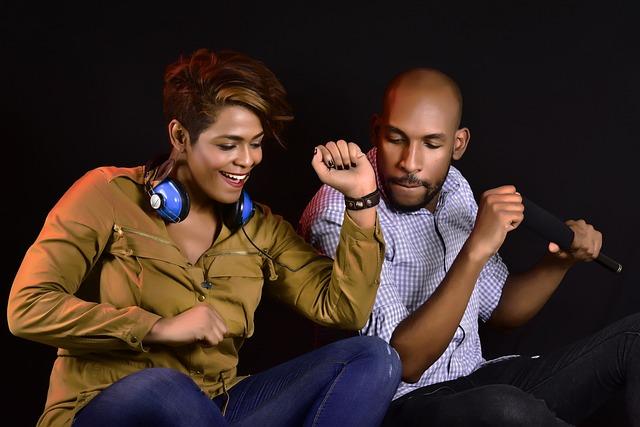In a world bustling with noise and distraction, the art of truly hearing one another is quietly transformative. Active listening, often overshadowed by the clamor of our fast-paced lives, holds the key to unlocking deeper, more meaningful connections. It’s a skill that transcends mere hearing, inviting us to engage fully and empathetically with those around us. This article delves into the profound impact of active listening, exploring how it bridges gaps, fosters understanding, and enriches our interactions in ways we often overlook. Join us as we uncover the subtle power of listening not just with our ears, but with our hearts and minds.
Cultivating Presence: The Art of Being Truly Attentive
In our fast-paced world, the ability to truly listen is a rare and powerful gift. Active listening involves more than just hearing words; it requires engaging with the speaker on a deeper level. By giving someone your full attention, you create a space where genuine connection can flourish. This attentiveness is not just about understanding the content of the conversation but also grasping the emotions and intentions behind it. As we practice this art, we begin to notice subtle cues—tone, body language, and pauses—that reveal much more than words alone.
To enhance your active listening skills, consider these practices:
- Maintain eye contact: Show the speaker you are present and engaged.
- Avoid interrupting: Let them express their thoughts fully before responding.
- Reflect back: Paraphrase what you’ve heard to confirm understanding.
- Ask open-ended questions: Encourage further exploration of the topic.
By implementing these techniques, you invite deeper, more meaningful interactions, fostering trust and empathy in your relationships.

Understanding Unspoken Cues: Decoding Nonverbal Communication
In the symphony of human interaction, words are just one instrument among many. Nonverbal communication, the subtle art of conveying messages without uttering a single syllable, plays a crucial role in understanding and connection. Our ability to interpret these unspoken cues can transform the way we listen and engage with others. Here are some key elements to consider:
- Facial Expressions: A smile or frown can speak volumes, often revealing emotions more genuinely than words.
- Body Language: Posture and gestures can indicate openness or defensiveness, shaping the tone of the conversation.
- Eye Contact: Maintaining or avoiding gaze can communicate confidence, interest, or discomfort.
- Proximity: The distance we maintain can signal intimacy or the need for personal space.
- Silence: Pauses can provide emphasis, allowing space for reflection or emotional resonance.
By tuning into these signals, we enrich our ability to listen actively, creating a foundation for deeper, more meaningful connections. Understanding nonverbal communication enhances empathy and allows us to respond with greater awareness and authenticity.

Building Trust Through Empathetic Engagement
In the realm of authentic communication, the art of listening transcends mere hearing. It’s about embracing the nuances of another’s perspective with genuine curiosity and concern. Empathetic engagement fosters an environment where individuals feel valued and understood. This is achieved not by waiting for our turn to speak, but by immersing ourselves fully in the speaker’s narrative. By doing so, we cultivate trust, transforming interactions into meaningful exchanges.
- Acknowledge emotions: Recognize and validate the speaker’s feelings, offering a safe space for open dialogue.
- Ask open-ended questions: Encourage deeper exploration of thoughts and experiences, showing genuine interest.
- Reflect and paraphrase: Mirror back what you hear to confirm understanding, strengthening the connection.
- Maintain eye contact: Demonstrate attentiveness and sincerity, reinforcing the bond.
By integrating these practices, we not only enhance our personal and professional relationships but also pave the way for a more connected and empathetic society.

Practical Strategies for Mastering Active Listening Skills
To truly harness the power of active listening, it’s essential to integrate a few practical strategies into your everyday interactions. Start by focusing fully on the speaker. This means eliminating distractions, such as phones or other digital devices, and giving the person your undivided attention. Remember, the goal is to understand, not just to hear. Consider these approaches:
- Reflective Listening: Paraphrase what the speaker has said to confirm understanding. This not only shows that you are engaged but also clarifies any potential misunderstandings.
- Non-Verbal Cues: Use body language, such as nodding or maintaining eye contact, to show that you are attentive and present in the conversation.
- Ask Open-Ended Questions: Encourage deeper discussion by asking questions that require more than a yes or no answer, fostering a richer dialogue.
By incorporating these techniques, you pave the way for more meaningful connections, demonstrating respect and genuine interest in the perspectives of others.




